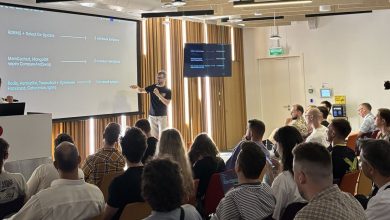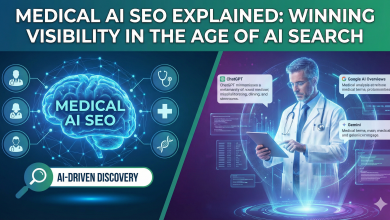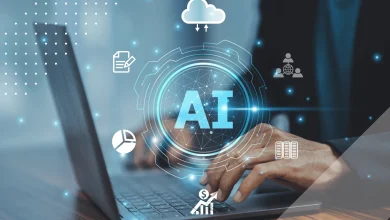
How can today’s time-pressed CTO stay ahead of the AI wave? For software veteran Dan Zimmerman, the answer lies in focusing on outcomes and business value, not simply chasing the latest technology
Over the last decade, I’ve been focused on delivering enterprise-grade systems in the payments sector. Like many senior leaders in software development and IT, I’ve had to respond, strategically and sustainably, to the accelerating wave of AI.
In the payments sector, we’re starting from a foundation rich in automation. APIs connected to extensive data sources, OCR, and even early machine learning and AI tools were already streamlining tasks such as invoice matching well before the ChatGPT era.
What I find most compelling is how technology, and AI in particular, can be applied to nurture stronger, trust-based connections with customers. That comes down to emotional intelligence: openness, clarity in communication, and consistently following through on commitments. As a CTO, the focus that guides every technology evaluation is answering the question: will it help our clients grow their business or improve the user experience.
Recognising that AI is not hype any more
For some time, ‘AI’ was the magic word people used when they lacked a clear solution.
Over the past six months, AI has shifted from theoretical potential to tangible impact. It’s no longer a ‘might-be-great’ technology, it’s actively transforming customer relationships, optimising internal workflows, and reducing costs. The conversation has moved from hype to execution, with a focus on measurable outcomes.
Within the product and technology team, we’ve implemented a comprehensive AI strategy guided by well-defined use cases. Like many development organizations we started with Code Assist and gave every engineer a Cursor license. Adoption has been fast and effective. The last several months we’ve challenged the product team to find big opportunities: to identify where we can enhance our products in ways that help our customers create more value for their own customers. That’s where the true opportunity lies.
That shift has been pretty seismic—not only in terms of what we’re delivering externally, but in how we work internally. I can say with confidence that AI is improving productivity and making knowledge more accessible across the business. Among other things, we’re using Retrieval-Augmented Generation (RAG) to combine large language models with our proprietary data, creating dynamic, organisation-wide knowledge access and automating processes.
AI is also enabling customer service agents to respond with the depth of a product manager, surfacing relevant, accurate information in real time—a true game changer for contact center teams. Beyond faster responses, AI is improving the quality of our customer interactions.
For any business, heading off customer attrition is critical, especially when the account in question wasn’t even known to be at risk. To address this, we’re developing predictive models to flag accounts at risk of going dormant. The system automatically generates personalised account reminders, tailored discounts, and loyalty programme benefits—turning potential churn into not only retained revenue but incremental spend.
We’re also applying AI to financial operations. By extracting remittance details from incomplete or unstructured payment files, we are able to automatically reconcile up to 25% of payments that previously lacked remittance advice. This reduces manual effort and accelerates payment processing.
AI is not a one-size-fits-all solution. In some cases, it’s a machine learning problem, not a generative AI one. We’re learning to be scientific about matching the right tools to the right use cases.
Getting ready for the Agentic upgrade
Agentic AI, where AI moves beyond powering a knowledge base or supporting agents, and instead becomes the agent itself, is our next focus. For my team, the evolution means agentic coding: a set of autonomous bots collaborating to help engineers design and build solutions in real time.
None of this replaces the need for people or emotional intelligence. That customer-centric mindset, the ability to see value through the lens of the end user, remains irreplaceable.
I believe being an effective CTO means two things: hiring and empowering people with strong EQ, and staying relentlessly curious about emerging technologies.
Between now and year-end, that responsibility translates into a very practical ask: identify and deliver real, end-to-end projects, where AI and other technologies can move from theory into production, delivering better customer outcomes.
That’s what makes this work exciting—and I hope it inspires you too.
The author has over 20 years of experience leading technology, product, and software engineering teams in the card and payment processing industry, including at major brands like TSYS, Western Union, and Nordstrom Bank. Since 2015, he has been responsible for strategy, innovation, and engineering at major payments network supplier TreviPay




